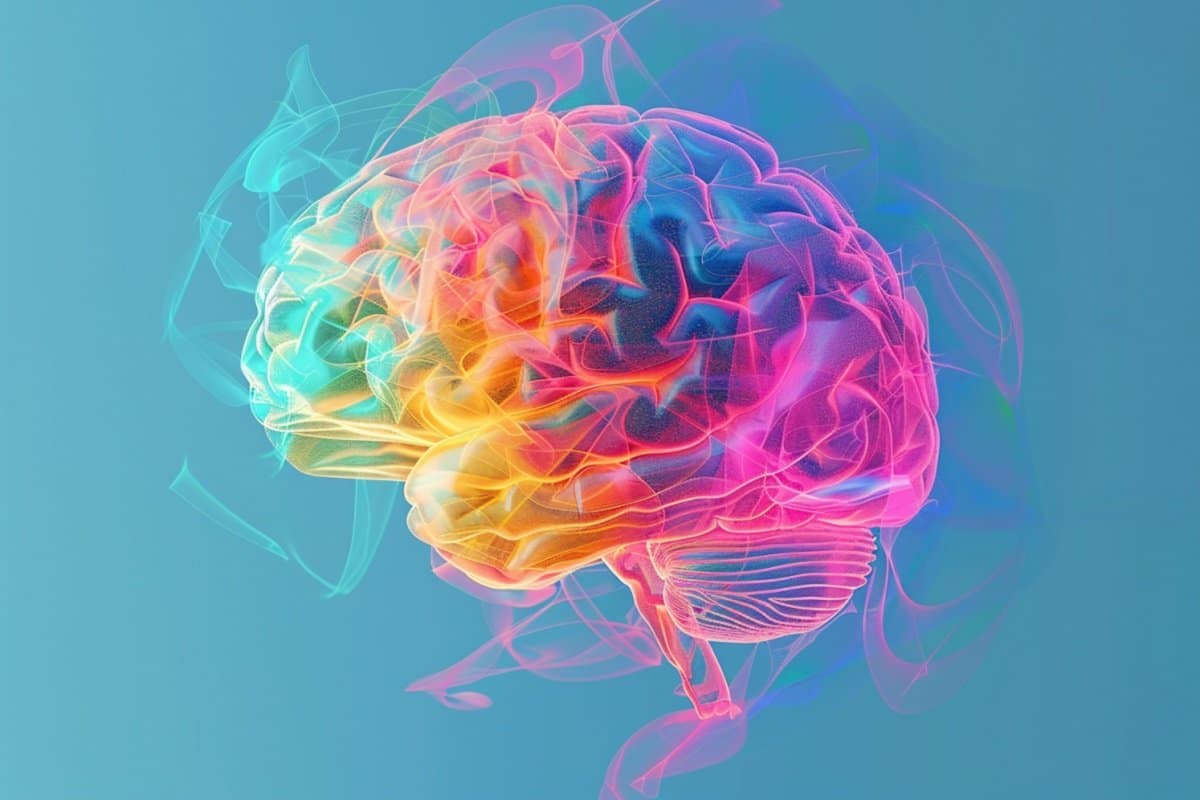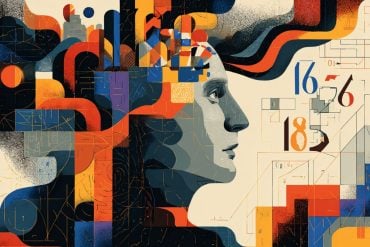Summary: A new study reveals that quick learners of motor skills have distinct brain activity patterns. Using brain-monitoring electrodes, they found that visual processing plays a crucial role in learning new movements.
Fast learners showed higher activity in brain regions linked to visual information and muscle movement planning. These findings highlight the importance of vision in acquiring motor skills and its implications for older adults.
Key Facts:
- Visual cortex involvement is key to rapid motor skill learning.
- Fast learners adapt to new walking patterns four times faster than slow learners.
- Brain regions for muscle movement planning and error correction are more active in fast learners.
Source: University of Florida
You join a swing dance class, and at first you’re all left feet. But – slowly, eyes glued to the teacher – you pick up a step or two and start to feel the rhythm of the big band beat. A good start.
Then you look over and realize the couple next to you has picked up twice the steps in half the time.
Why?
According to a new study from University of Florida biomechanical researchers, the quick, athletic learners among us really are built differently – inside their brains.
That’s what UF Professor of Biomedical Engineering Daniel Ferris, Ph.D., and his former doctoral student, Noelle Jacobsen, Ph.D., discovered when they studied how people learn new motor skills.
They hooked up dozens of healthy people to brain-monitoring electrodes and had them walk on a treadmill with two belts moving at different speeds. The treadmill forced people to rapidly learn a new way to walk.
“Noelle was able to analyze brain activity of the best learners versus the slow learners and, lo and behold, some of the areas that were important were very clear in their brains,” Ferris said.
“The biggest surprise to us was that the visual cortex was very involved in the differences between the slow and fast learners. That suggests there’s something about visual information that is key to how you’re learning to move your body.”
This isn’t the first evidence for the role of visual information in acquiring new skills. Ferris’ lab has also shown that briefly interrupting vision can speed up learning how to walk on a balance beam.
In addition to hinting at how some of us pick up dance moves more quickly, the importance of visual processing could add to understanding the well-known link between vision problems and fall risks among older adults.
In addition to making it harder to spot trip hazards, “if you’re having trouble with vision, you may have problems learning new motor skills,” Ferris said.
Quick learners took about a minute to adjust and develop a comfortable walking cadence on the treadmill; the slower group took four times as long on average.
In addition to using the visual processing areas of their brains, fast learners also showed high activity in the regions involved in processing and planning muscle movements, as the scientists predicted. An error-correction region of their brains, known as the anterior cingulate cortex, was also activated to respond to the unusual gait.
About this motor learning research news
Author: Eric Hamilton
Source: University of Florida
Contact: Eric Hamilton – University of Florida
Image: The image is credited to Neuroscience News
Original Research: Open access.
“Exploring Electrocortical Signatures of Gait Adaptation: Differential Neural Dynamics in Slow and Fast Gait Adapters” by Daniel Ferris et al. eNeuro
Abstract
Exploring Electrocortical Signatures of Gait Adaptation: Differential Neural Dynamics in Slow and Fast Gait Adapters
Individuals exhibit significant variability in their ability to adapt locomotor skills, with some adapting quickly and others more slowly. Differences in brain activity likely contribute to this variability, but direct neural evidence is lacking.
We investigated individual differences in electrocortical activity that led to faster locomotor adaptation rates. We recorded high-density electroencephalography while young, neurotypical adults adapted their walking on a split-belt treadmill and grouped them based on how quickly they restored their gait symmetry.
Results revealed unique spectral signatures within the posterior parietal, bilateral sensorimotor, and right visual cortices that differ between fast and slow adapters. Specifically, fast adapters exhibited lower alpha power in the posterior parietal and right visual cortices during early adaptation, associated with quicker attainment of steady-state step length symmetry.
Decreased posterior parietal alpha may reflect enhanced spatial attention, sensory integration, and movement planning to facilitate faster locomotor adaptation. Conversely, slow adapters displayed greater alpha and beta power in the right visual cortex during late adaptation, suggesting potential differences in visuospatial processing.
Additionally, fast adapters demonstrated reduced spectral power in the bilateral sensorimotor cortices compared with slow adapters, particularly in the theta band, which may suggest variations in perception of the split-belt perturbation.
These findings suggest that alpha and beta oscillations in the posterior parietal and visual cortices and theta oscillations in the sensorimotor cortex are related to the rate of gait adaptation.







